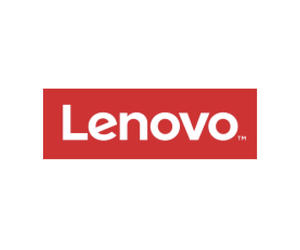New Tools for a New Environment
As hybrid learning drives the future of higher education, colleges and universities are refining their programs and exploring new tools and solutions. Lenovo empowers faculty, staff and students with solutions to support classroom innovation in several key areas.
DISCOVER: How open learning environments may help people obtain a college education.
Hybrid Classrooms
As modern education relies on technology to bridge the gap between the classroom and the computer, hybrid classrooms offer more flexibility with a better “in-person” experience for remote students. Lenovo’s ThinkSmart collaboration tools help educators create connected, blending learning environments. Lenovo hybrid classroom solutions offer universities a comprehensive portfolio of collaboration technologies to help teachers bring their full presence into a digital environment.
Ready-made kits — supported by reliable hardware, software and services that enable seamless collaboration and convenient, end-to-end solution management — allow educators to easily transform any physical space into a connected, hybrid classroom. Educators can replicate the full in-person experience with remote students by connecting 4K video cameras, smart sound bars, mic pods and a remote with Google Meet or Microsoft Teams.
LEARN MORE: Tips for managing HyFlex classroom technology.
VR Classrooms
Virtual reality and immersive 3D experiences help bring complex topics to life to improve student comprehension and engagement. Lenovo VR Classroom allows students and educators to explore new subject matter and interact with others, no matter where they are located. It empowers professors and IT staff to integrate VR lessons for real-world application in medicine, aerospace and social sciences, among other areas.
Lenovo partnered with Ithaca College’s teacher education program to train students to teach with VR using its VR Classroom solution. Teachers prepared lessons in VR and used multiperson chat programs and videos to create immersive content. “I believe immersive technology allows for different learning styles to be met because you have kinesthetic, visual and auditory learners in a classroom, and VR brings all those fields together into one,” said Dr. Christine Havens-Hafer, assistant professor in the department of education at Ithaca College.
FIND OUT: The difference between VR, AR and XR, and how they can transform online learning.
Esports
With the growing popularity of esports — currently, there are more than 100 higher ed esports programs — universities are looking to improve the campus competitive gaming experience to boost student recruitment and retention.
Lenovo Esports solutions for education offers advisory and support services with equipment and software to advance gaming in the educational environment. As Rich Henderson, director of global education solutions at Lenovo, noted in a press release, while many institutions want to explore sports programs, they often need assistance with IT and scholastic connections to start. “From in-school sports arena design and game management to helping protect student safety and managing varsity teams, Lenovo has the solutions for educators to adopt or accelerate the growing opportunity for students,” Henderson said.
Regardless of how schools adopt hybrid learning, having the right tools and technologies in place can help them provide students with the best possible experience. Visit Lenovo to learn more about how emerging technologies can support higher ed learning, today and in the future.
Brought to you by:










